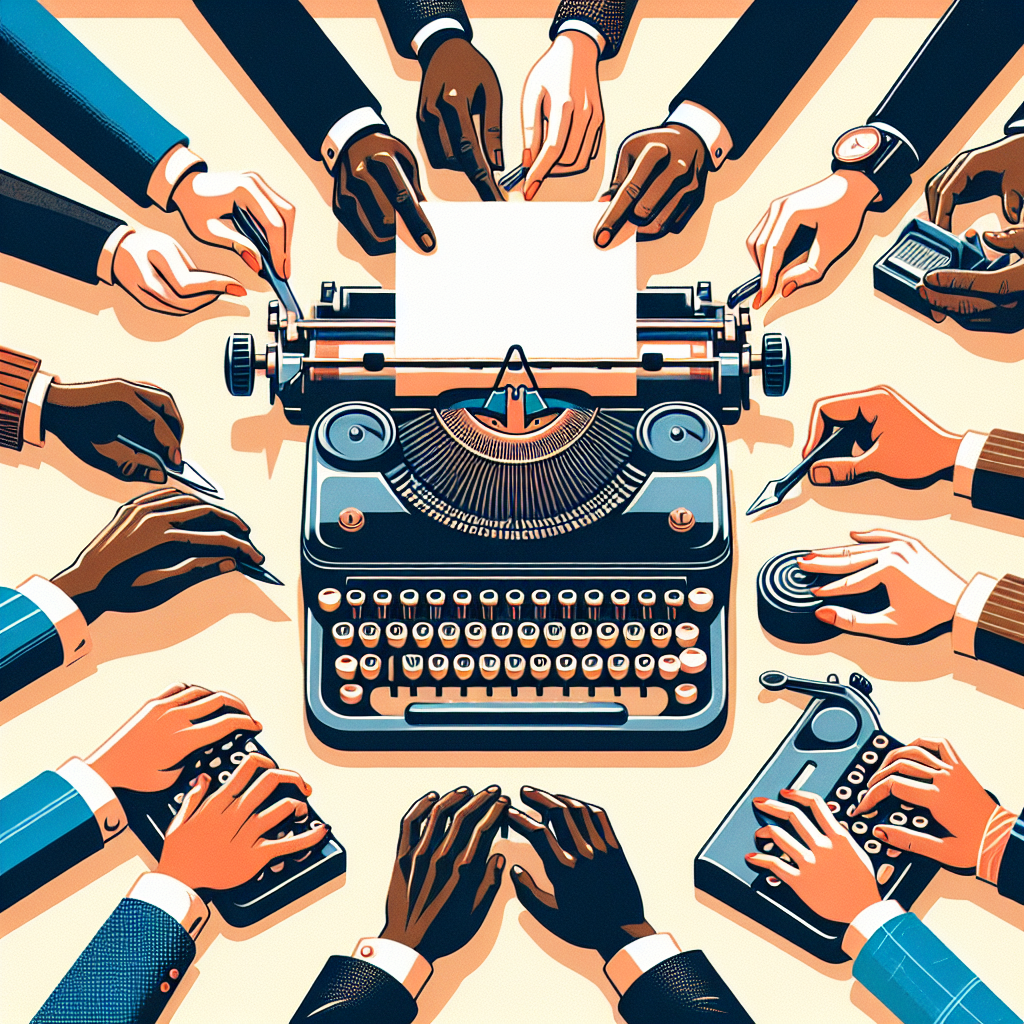Typewriters may seem like a relic of the past, but their charm and practicality continue to captivate enthusiasts around the world. Whether you are a budding writer or a nostalgic hobbyist, learning how to use a typewriter can be both a rewarding and enjoyable experience. This guide will take you through the essential steps and tips you need to start typing away on this classic machine.
The Anatomy of a Typewriter
Before we dive into the steps, it’s beneficial to understand the primary components of a typewriter. Knowing these parts will help you navigate the machine more efficiently.
- Carriage: The part that holds the paper and moves as you type.
- Typebars: Metal arms with letters and symbols that strike the ribbon to imprint characters on paper.
- Ribbon: An inked strip that transfers the typed characters onto the paper.
- Platen: A rubber roller that the paper wraps around, helping to move it along as you type.
- Spacebar: Used to insert spaces between words.
- Return Lever: Advances the paper to the next line and returns the carriage to the left margin.
Setting Up Your Typewriter
Proper setup is crucial for a smooth typing experience. Follow these steps to get your typewriter ready.
- Find a Stable Surface: Place your typewriter on a sturdy, flat surface to ensure balanced and steady typing.
- Insert Paper: Lift the paper release lever, insert your paper between the platen and guide rollers, and then lower the lever to secure the paper.
- Position the Carriage: Ensure the carriage is centered and positioned properly. This might involve adjusting the carriage release lever or knob.
- Inspect the Ribbon: Check if the ribbon is correctly installed and taut. Replace it if faded or damaged.
Typing Fundamentals
Once your typewriter is set up, it’s time to start typing. Here are some basic techniques to get you started:
- Home Row Position: Place your fingers on the home row keys (ASDF for the left hand, JKL; for the right hand) and rest your thumbs lightly on the spacebar.
- Character Impressions: Press the keys firmly but not forcefully. The typebars will strike the ribbon and create an impression on the paper.
- Spacing and Entering Lines: Use the spacebar to add spaces between words. When you reach the end of a line, use the return lever to advance to the next line and reset the carriage position.
- Correcting Mistakes: Unlike modern keyboards, typewriters don’t have a backspace correction function. Use correction fluid or paper to cover errors, or backspace and type over the mistake.
Advanced Techniques
Once you are comfortable with the basics, you can explore more advanced typewriting techniques to improve your efficiency and style:
- Typing in Columns: Use the tab stops to align your text in columns, which is useful for lists, tables, or poetry.
- Carbon Copies: Insert carbon paper between sheets to create duplicates. Ensure additional pressure when typing to make clear copies.
- Margins and Tabs: Set your left and right margins using the margin stops. Use the tab key to move your carriage to pre-set positions for indentation.
- Special Characters: Some typewriters have shift keys that allow you to access special characters and symbols. Learn how to utilize these features properly.
Maintenance Tips
Routine maintenance will extend the life of your typewriter and ensure it continues to function smoothly. Here are some maintenance tips:
- Regular Cleaning: Dust and debris can accumulate in the typewriter over time. Use a small brush or compressed air to clean regularly.
- Oiling: Lubricate the mechanical parts with a light machine oil to prevent rust and ensure smooth operation.
- Ribbon Replacement: Regularly check and replace the ink ribbon as it becomes worn or faded.
- Covering: When not in use, cover your typewriter with a dust cover to protect it from dust and sunlight.
Conclusion
Using a typewriter can be an immensely satisfying experience that connects you to a rich history of writing. Whether you are using it for creative writing, professional work, or personal correspondence, mastering a typewriter involves practice, patience, and diligent maintenance. Follow these steps and tips to enjoy the art of typewriting and keep your vintage machine in top shape.

